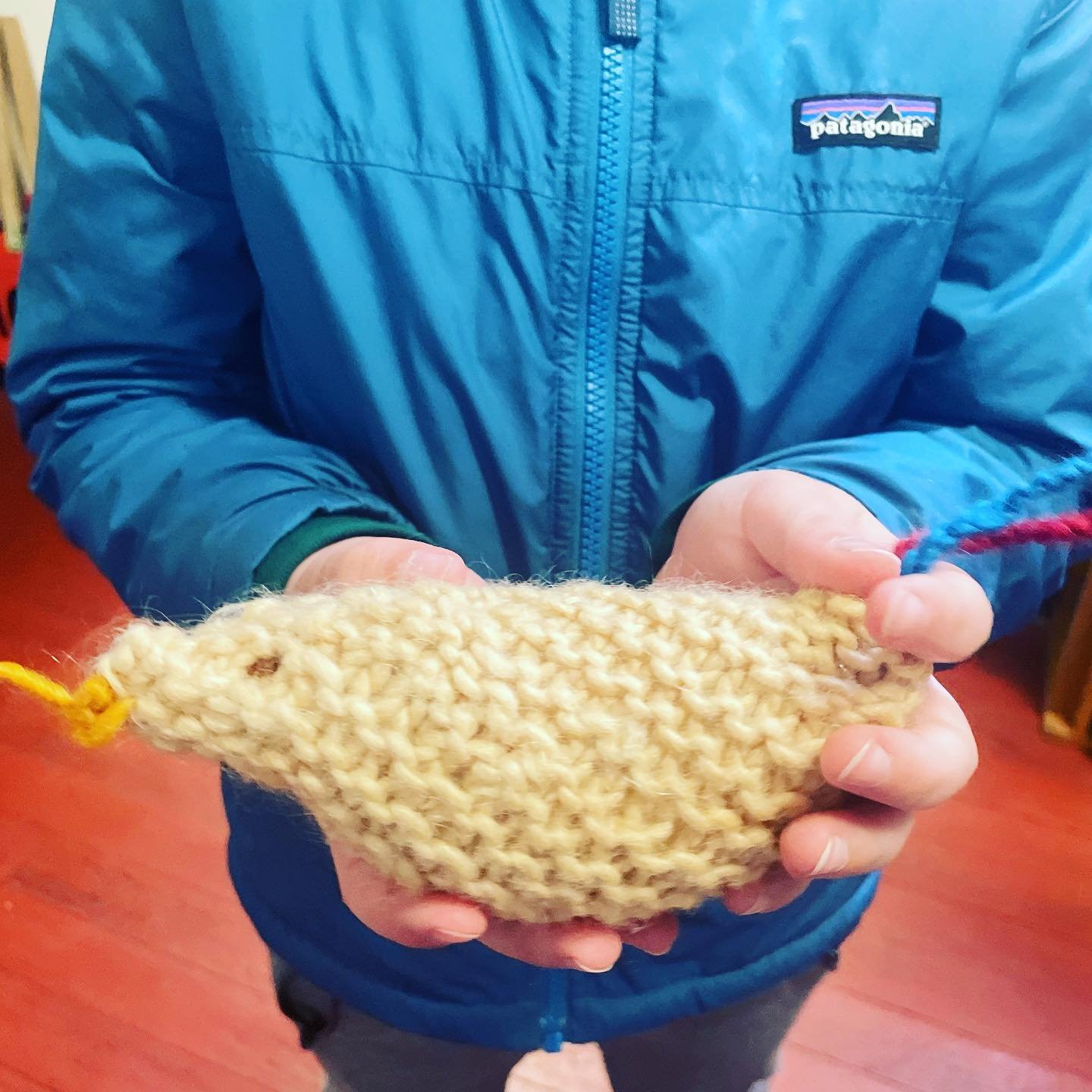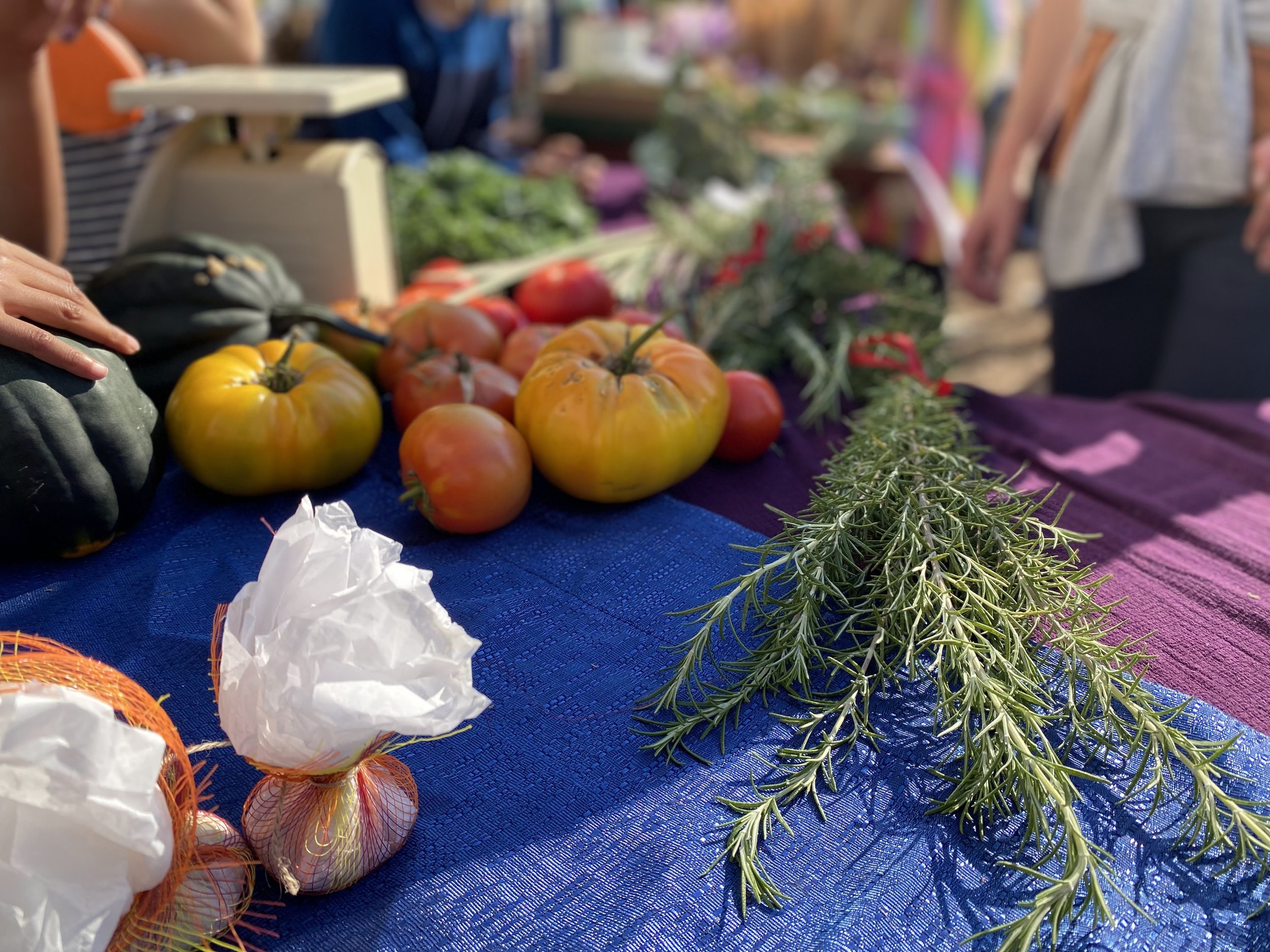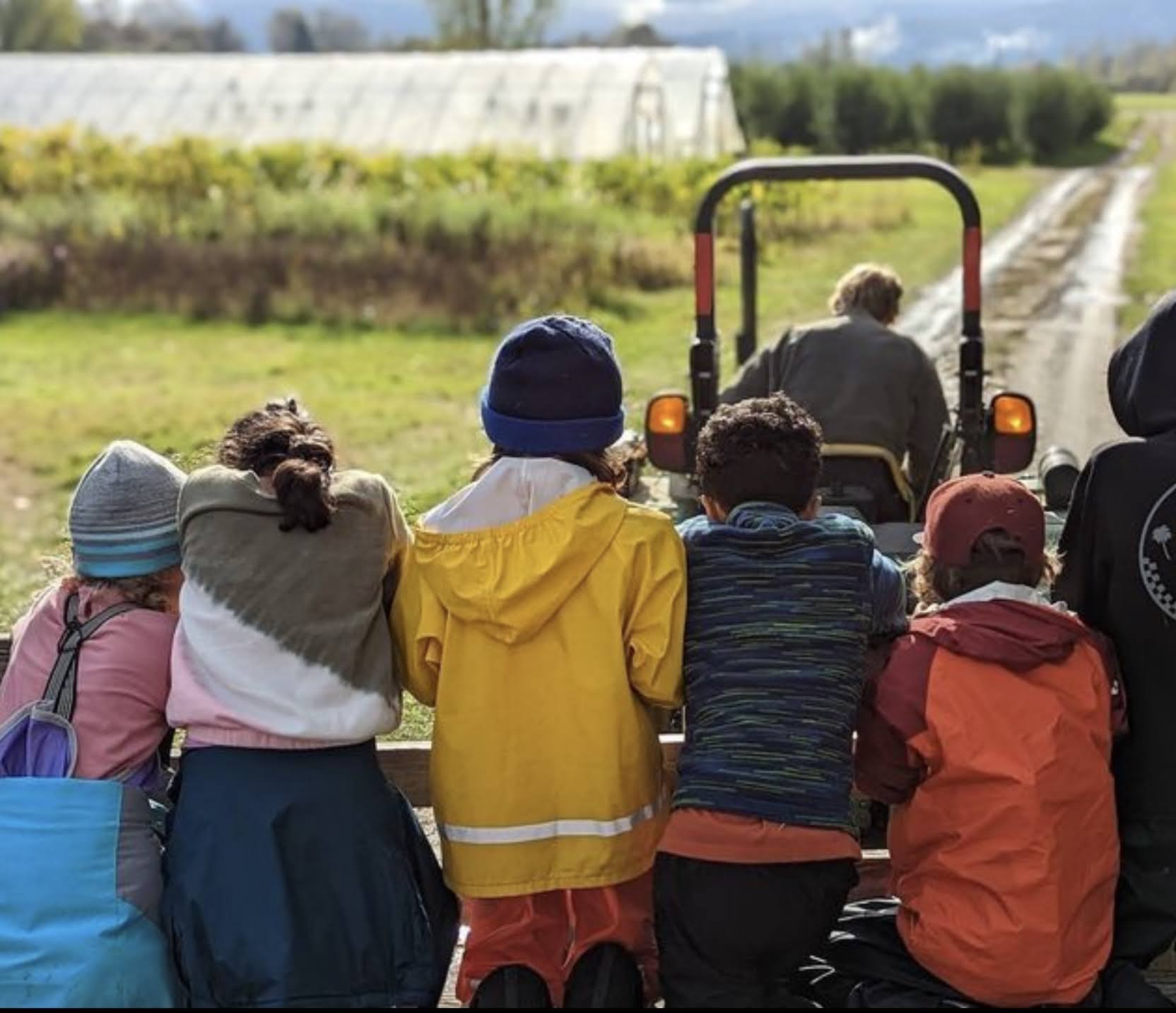Grade One
Grade One Learning Objectives
MAIN LESSON SKILLS
Learning and modeling good classroom behavior and habits, listening and communicating constructively, developing a sense of discernment
LANGUAGE ARTS
Learning of letters and their sounds, introduction to writing from the stories heard, introduction to reading, drama, oral recitation
LITERATURE
Folk and fairy tales from around the world, nature stories
MATHEMATICS
Number concept, arabic and roman numerals, the four operations (+, -, x, ÷), word problems, estimation
MUSIC
Singing, pentatonic flute
SCIENCES/ENVIRONMENTAL EDUCATION
Nature study through experiential events
FORM DRAWING
Straight and curved line, linear forms, living into colors through color stories in painting
ART
Beeswax modeling, Watercolor painting
WORLD LANGUAGE
Japanese (songs, dances, games, poetry and stories)
HANDWORK
Garter stitch knitting, creating knitting needles, finger weaving
MOVEMENT
Cooperative games led by the class teacher and movement teacher; weekly Aikido classes
In Grade One, the foundations of literacy and numeracy are built through the rich imagery and musicality of stories. Fairy tales, nature stories, and folk tales from around the world introduce students to the four arithmetic processes and the sounds and shapes of letters.
Numbers and concepts come alive through story, song, movement, and repetition, making learning engaging and dynamic. Students use manipulatives, chalkboards, and mental math to solve story problems, while word sounds and shapes are explored through games and storytelling. From these activities, students begin writing their own stories, fostering creativity and early writing skills.
The arts are deeply integrated into daily learning. First graders sing and play the pentatonic flute, experiencing the ethereal "mood of the fifth" that nurtures their sense of wonder. They also perform their first class play, sharing their creativity with the school community.
Special relationships are cultivated through intentional mixed-grade activities. Each first grader is paired with a middle school buddy, forming meaningful bonds through the Rose Ceremony, collaborative handwork projects, and shared moments throughout the year. These relationships promote kindness, patience, and a sense of belonging.
Grade One inspires students to develop their will, self-discipline, and curiosity while engaging their imagination and creativity. Through this balanced approach, students begin their structured academic journey in a nurturing and joyful environment.
Subject Classes
Japanese
Grade One students are immersed in Japanese through songs, poems, games, cultural stories, and greetings—without translation. The focus is on group participation, reinforcing main lesson themes in the target language. Thanks to a partnership with the Japanese Cultural and Community Center of Washington, students enjoy regular opportunities to experience Japanese culture firsthand.Handwork
First graders begin their handwork journey with simple knitting, building fine motor skills, hand-eye coordination, and focus. Knitting promotes calm, reinforces left and right brain integration, and strengthens math skills. Students review finger knitting from Early Childhood before learning to knit and purl, eventually creating functional items like flute cases for their pentatonic flutes. These activities foster patience, teamwork, and lifelong skills.Movement
Imagination guides first graders in movement activities inspired by stories and characters. Students engage in free play, circle games, tag, skipping, clapping games, and listening activities to build courage, joy, and new ways of being. Twice weekly Aikido classes introduce the discipline and respect of this Japanese martial art. Students wear their first gi, learning its care as part of their training. Movement classes develop spatial and social awareness through playful and structured activities.Environmental Education | Place-Based Learning
Through local field trips, students connect with their bioregion. Autumn visits to farms teach food origins, while spring trips to the Salish Sea tidal flats deepen their understanding of ecosystems. Releasing salmon into the Cedar River helps students recognize their role within interconnected local ecologies.


















